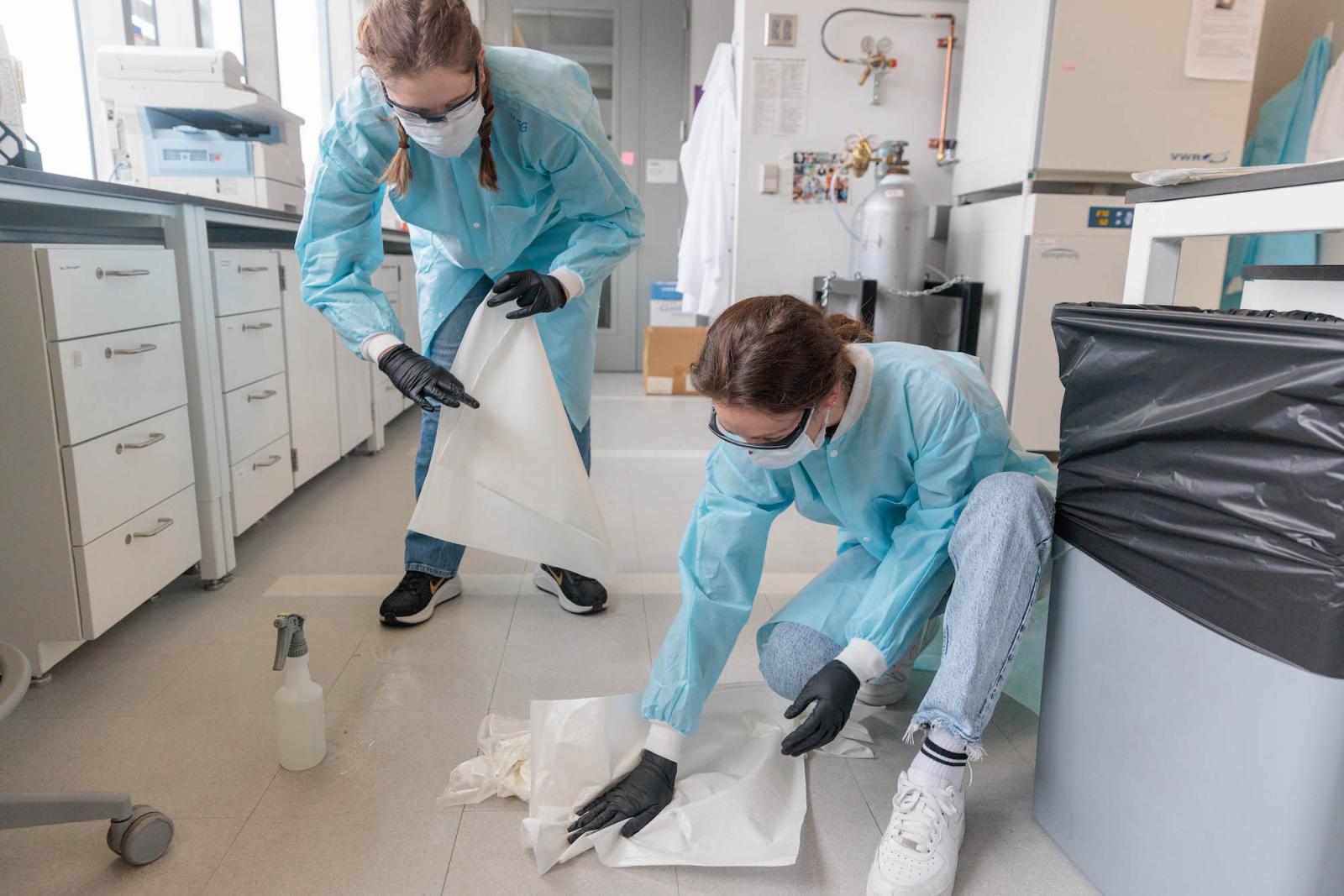Reporting an Incident
Accidents will occur in laboratories, however, it is the responsibility of researchers and investigators to report these incidents to Risk Management as well as the Office of Research Safety (ORS) IMMEDIATELY FOLLOWING THE OCCURRENCE. This communication is extremely important to ensure compliance with reporting requirements, both external and internal.
To report an incident:
- Download and complete the Authorization for Medical Treatment Form,
- Complete the Risk Management Incident Reporting Webform
- Submit copies of the form(s) to ORS at labsafety
 gwu [dot] edu (labsafety[at]gwu[dot]edu)
gwu [dot] edu (labsafety[at]gwu[dot]edu) - Additionally, the principal investigator must submit an Incident Reporting Form in iRIS
To submit an Incident Report, log into GW iRIS and choose the following path:
- Option 1: Study Assistant > Submit a Form > Open the study for which you’d like to submit a form
- Option 2: Study Assistant > My Studies > Open the study for which you’d like to submit a form
- Step-by-step reference guide (PDF) for submitting amendments/terminations/renewals/incident reports
Incidents involving recombinant or synthetic nucleic acid molecules and biohazardous materials, agents and toxins must be immediately reported to the Biological Safety Officer (BSO). Examples of reportable significant incident include but are not limited to any overt exposure, such as a needle stick, splash, and contamination due to equipment failure, and any potential exposure in the BSL-3 facility. A containment breach, which resulted in either an overt or potential exposure.
Please note that waste from recombinant or synthetic nucleic acid molecules research is also considered biohazardous and incidents involving improper disposal must also be reported.
- Direct personnel exposure to biohazardous materials (blood, pathogens, toxins, animal research bite, etc) such as needle stick, spills, splashes or aerosol inhalation.
- Potential exposures, exposures that have a high risk of exposing personnel to biohazardous materials, such as spills, containment failure while working with the agent or equipment failure that may produce aerosORS.
- Any exposure (overt or potential) in a BSL-3 laboratory.
- Overt exposure in BSL-1 or BSL-2 laboratories.
- Any illness that may be caused by the agents used in the laboratory incidents involving the improper disposal of recombinant or synthetic nucleic acid molecules.


